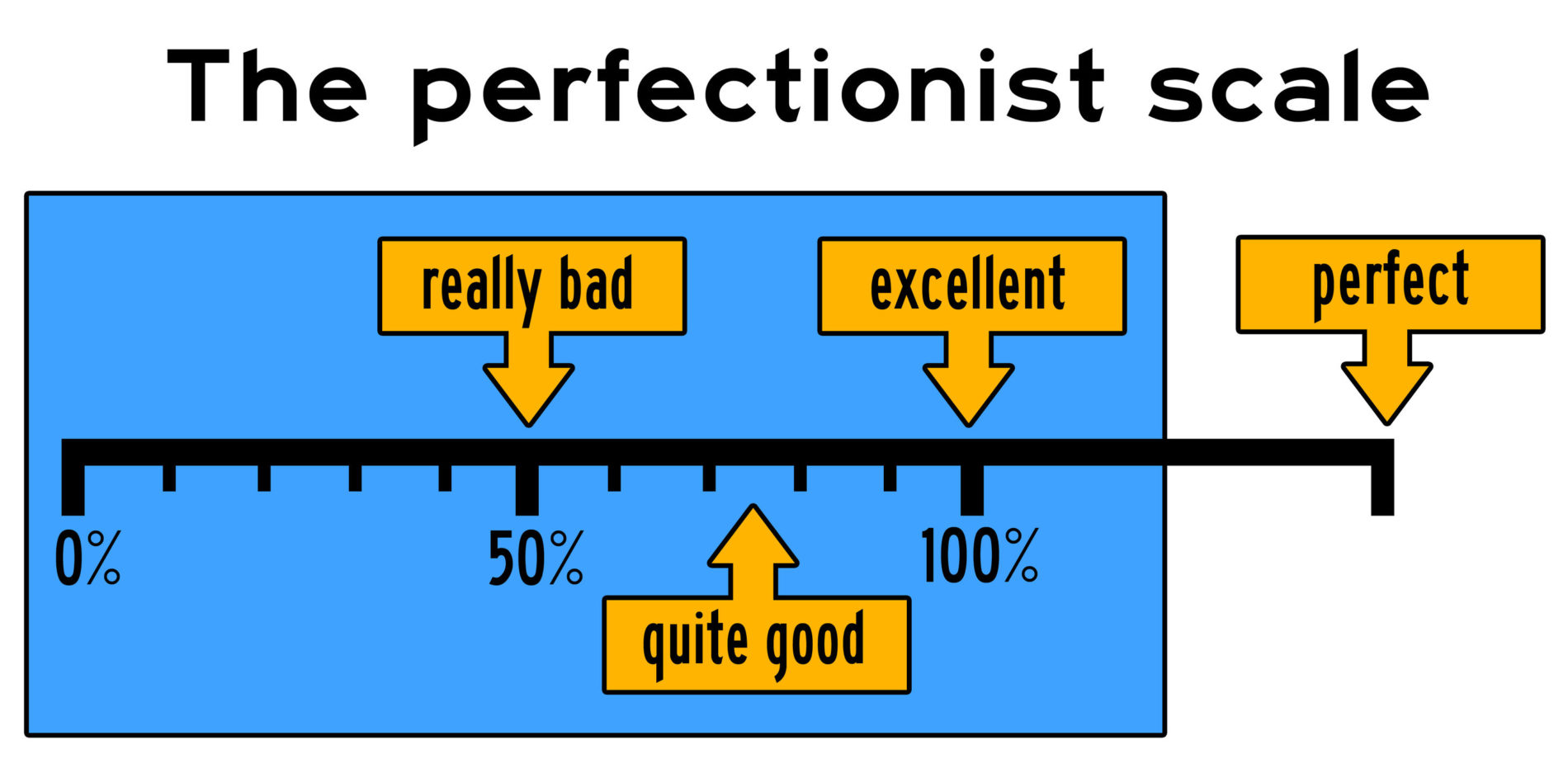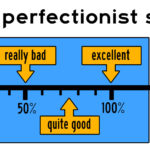Stop Dilly Dallying: 3 Tools to Make Good Decisions Faster

“On an important decision, one rarely has 100% of the information needed for a good decision no matter how much one spends or how long one waits. And, if one waits too long, he has a different problem and has to start all over. This is the terrible dilemma of the hesitant decision maker.”
― Robert K. Greenleaf
Three Tips to Avoid the Terrible Dilemma of the Hesitant Decision Maker
There is a Chinese proverb that says, “The best time to plant a tree was twenty years ago. The second best time is now.”
Unfortunately, many leaders are very worried about planting the wrong tree, or planting their trees in the wrong place. So, they never plant at all.
As a recovering perfectionist, one of my biggest challenges has been learning to make and act on decisions without the assurance that I was making the right decision.
It hasn’t been easy to be willing to make less than perfect decisions, quickly learn from them, and move on. But this has produced more value in my life than never making mistakes.
Everyone makes decisions. But leaders are responsible for making decisions that impact other people. All well-intentioned leaders are concerned about the quality and efficacy of those decisions. But too many take too long to make one.
In this article, I want to introduce three concepts that will help your decision-making. For some readers these might be simple reminders. But for others, these could be life changing:
- Recognize your window of opportunity
- Understand what is sufficient for satisfaction
- The 80% rule
For many leaders, following these concepts alone will generate a dramatic increase in productivity, impact, and results.
Recognize your window of opportunity
Life ebbs and flows. The tide comes in and it goes out. The sun rises and sets. The stock market also rises and reverses. There is a rush of business and then it’s quiet.
Opportunities often come in “windows.” It evokes the idea of an opening in a wall, a limited time and space where you can take advantage of or get to what’s on the other side. Windows of opportunity don’t last forever. They often don’t last for long.
Leaders often make the mistake of believing that the open window will always be open. But this is rarely the case. Windows of opportunity are subject to ebbs and flows like everything else. Effective leaders learn to recognize these patterns, see windows of opportunity, and take advantage of them quickly.
Something I’ve observed: people who don’t act on windows of opportunity often discover that they have fewer windows open for them in the future. However, people who do act on these opportunities start to find that more and more opportunities open for them.
Not all opportunities should be pursued. But as leaders, our action or inaction expands or limits opportunities for others. We need to be able to quickly recognize opportunities and decide to act or not act.
Indecision usually precedes a lost opportunity.
Understand what is sufficient for satisfaction
I’ll confess, I’ve had a steep learning curve when it comes to vacations. I’m not a natural vacation taker.
I do vacations. I try to win at them. Accomplish them. Get them done.
Now, I’m getting better at this. I think during my last couple of vacations, I made significant progress (my wife and kids thank me for that).
Here was part of the problem – I didn’t understand what was needed to have a satisfying vacation.
Instead, I thought I needed to maximize everything:
- Best deals on flights
- Best deals on lodging
- See all the sights (including reading all the signs – my wife hates this)
- Do all the things
- Have all the fun
One time, about eight or nine years ago, I discovered I had spent most of my vacation in Hawaii driving to a different part of Hawaii where I was convinced I’d be happier than the part of Hawaii I was just at.
I started to realize I was missing something.
I’ve had to learn to stop maximizing and instead discover, “What is the minimum I need/want to be satisfied?”
So, if all I got to do was sit on one beach and snorkel around a bit – would I be ok? Or do I need to check out three beaches a day, every day?
Pursuing the maximum may very well prevent you from getting what you wanted at all.
What is the minimum that will be sufficient for you to be satisfied? What do you lose by trying to go beyond that?
The 80% Rule
The 80% rule is responsible for both dramatic growth in my business as well as an increase in my discretionary time.
The 80% rule can change your life.
I use it with clients all the time. Over and over again, I’ve watched it break up the log jam of group decision-making again and again.
When they are starting to get bogged down in a decision-making process, I’ll summarize what I’ve heard so far and ask, “Is this 80% close enough to the right decision?”. The group will usually nod.
“Will it be substantively improved if we argue for another couple hours (or days or months) to get to 90%?” The group will usually shake their heads.
“Then, can we accept this as an 80% good enough decision for now?” The group will look relieved that I just saved them from the tyranny of imperceptible perfection.
Here’s the premise: 80% is good enough. That’s a “B” for those of you who went to school. Which, in many places, still got you on the Honor Roll.
Stop being an overachiever.
Many of my clients are engineers. For them, 80% isn’t good enough when it comes to designing a new building or bridge. At least that’s what I assume.
But it is good enough for making leadership and management decisions. Those aren’t precision sports.
The difference between an 80% perfect decision to a 90% perfect decision will be functionally indiscernible to basically everyone. And the time, cost and effort involved in getting there won’t be worth it.
Make a decision that’s 80% good enough. Then move on.
Don’t dilly dally. Decide and act.
Opportunities present themselves in narrow windows that open and shut. Leaders have to be able to recognize this and act quickly.
Leaders who can easily determine what is the minimum they need to be satisfied with a decision will find decisions much easier to make and be more likely to be satisfied.
Leaders who recognize when they’ve done a good job and not a perfect job won’t necessarily make things better, but will just get a lot more good work accomplished.
Make your decisions and act on them.
Take good care,
Christian
Opportunities
Did someone send you this article? You can receive it, free, directly from me each week. Click here to sign up. You can unsubscribe at any time. I won’t feel too hurt.
Free Resource: How To Accomplish More Without Doing More is a workbook I created to walk leaders through a process of helping you own your calendar, liberate your time and still get more done. Download it for free!
Executive and Leadership Coaching: Do you feel overwhelmed? Are you not getting the results you expect from the effort you are putting in? Do you find yourself facing similar challenges time and time again? Would you like to change specific ways of relating or reacting? If you would like to experience predictable, measurable growth, contact me.
Profitable Exit Strategy Workshop: Are you a business owner or partner? Are you over 55? Are you starting to think about exiting your business or active management in the next 3-5 years?
- Are you curious about what your business might be worth?
- Would you like to discover the specific steps you need to take to increase its value and become highly attractive to a buyer?
- Are you planning on handing it over to family or employees and you want to ensure long-term success?
If so, contact me now.
Categories
Get Christian’s Newest Book: Train to Lead

Download my free 10-page eBook:
How To Accomplish More Without Doing More:
Eight Proven Strategies To Change Your Life
Discover how to save eight hours during your workweek-even if you're too busy to even think about it. The resource every maxed out executive needs.